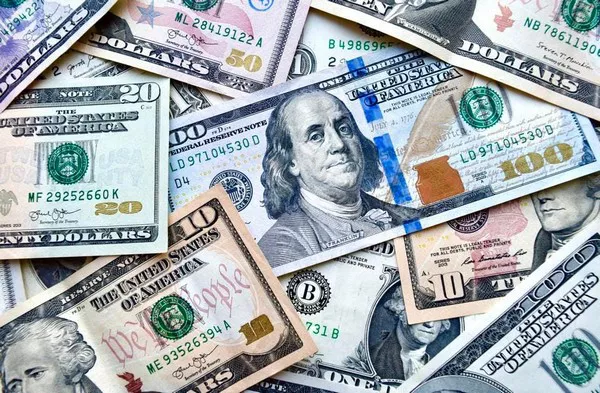The strength of the U.S. dollar has been a subject of intense scrutiny and speculation in the financial markets. Investors, economists, and policymakers closely monitor various factors that can impact the value of the dollar, influencing global trade, investment, and economic stability. In this article, we will delve into the key determinants of the U.S. dollar’s strength and assess whether it is poised to strengthen in the near future.
Economic Indicators:
One of the primary drivers of a currency’s strength is the economic health of the issuing country. In the case of the U.S. dollar, indicators such as GDP growth, employment rates, and inflation play a crucial role. A robust economy tends to attract foreign investment, leading to an increased demand for the domestic currency and, consequently, a stronger dollar. Conversely, economic downturns can weaken the dollar as investors seek safer assets.
As of the latest data, the United States has demonstrated resilience in the face of global economic challenges. The GDP growth has shown positive momentum, unemployment rates have decreased, and inflation remains within the target range set by the Federal Reserve. These factors collectively contribute to the perception of a strong and stable U.S. economy, supporting the strength of the dollar.
Interest Rates and Monetary Policy:
The decisions made by the Federal Reserve regarding interest rates and monetary policy significantly impact the U.S. dollar. Generally, higher interest rates attract foreign capital seeking better returns, leading to an increased demand for the currency. Conversely, lower interest rates can make the dollar less appealing to investors. The Federal Reserve’s commitment to maintaining stable prices and fostering maximum employment is crucial in shaping the dollar’s strength.
At present, the Federal Reserve has signaled a cautious approach to interest rate adjustments, balancing the need for economic growth with the risk of inflation. This careful management is aimed at sustaining the momentum of the U.S. economy while avoiding excessive tightening that could hinder growth. The central bank’s commitment to a gradual and data-driven approach is likely to contribute to the dollar’s stability.
Trade Balance and Current Account:
The U.S. trade balance and current account deficit are fundamental factors influencing the strength of the dollar. A trade surplus, where the value of exports exceeds imports, contributes positively to the dollar’s strength. However, the United States has consistently experienced a trade deficit in recent years, meaning it imports more than it exports. While a trade deficit can weaken a currency, the U.S. dollar has remained resilient due to other factors, such as its status as the world’s primary reserve currency.
Geopolitical Developments:
Geopolitical events and uncertainties can have a profound impact on currency values, and the U.S. dollar is no exception. Political stability, international relations, and global conflicts can influence investor confidence in a currency. The dollar has historically been viewed as a safe-haven asset during times of global uncertainty, attracting investors seeking refuge from geopolitical risks.
Recent geopolitical developments, including trade tensions, have contributed to fluctuations in the dollar’s value. While uncertainties persist, the dollar’s status as a safe-haven currency remains a key factor that could support its strength, especially in times of global instability.
Global Reserve Currency Status:
The U.S. dollar holds a unique position as the world’s primary reserve currency. Many central banks and international institutions hold significant reserves in U.S. dollars, and global trade is often conducted in dollars. This widespread use of the dollar provides a level of stability and demand that supports its strength, even in the face of economic challenges.
The international role of the U.S. dollar is reinforced by the depth and liquidity of U.S. financial markets, as well as the credibility of the country’s institutions. As long as the global economy continues to rely on the U.S. dollar for trade and as a reserve asset, it is likely to maintain its strength relative to other currencies.
Conclusion:
While predicting currency movements is inherently challenging, a holistic assessment of various factors suggests that the U.S. dollar is poised to maintain its strength in the near future. The robust economic indicators, prudent monetary policy, and the dollar’s status as a global reserve currency contribute to its resilience. However, ongoing geopolitical uncertainties and shifts in economic dynamics should be monitored closely, as they have the potential to influence the dollar’s trajectory.
Investors and policymakers alike should remain vigilant, adapting their strategies to navigate the dynamic landscape of global finance. The strength of the U.S. dollar is intricately linked to a complex interplay of economic, political, and global factors, making it imperative to stay informed and agile in responding to emerging trends that may impact currency markets.


